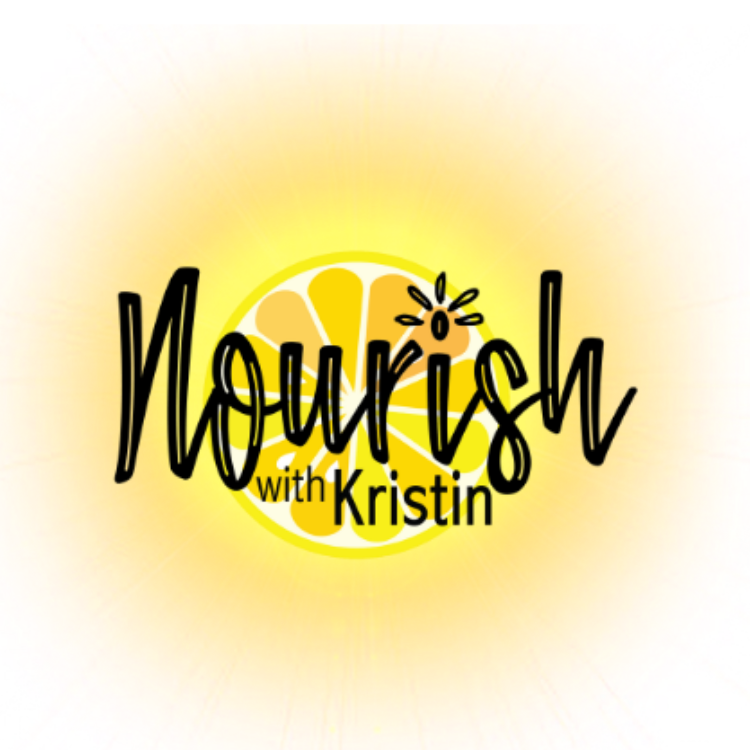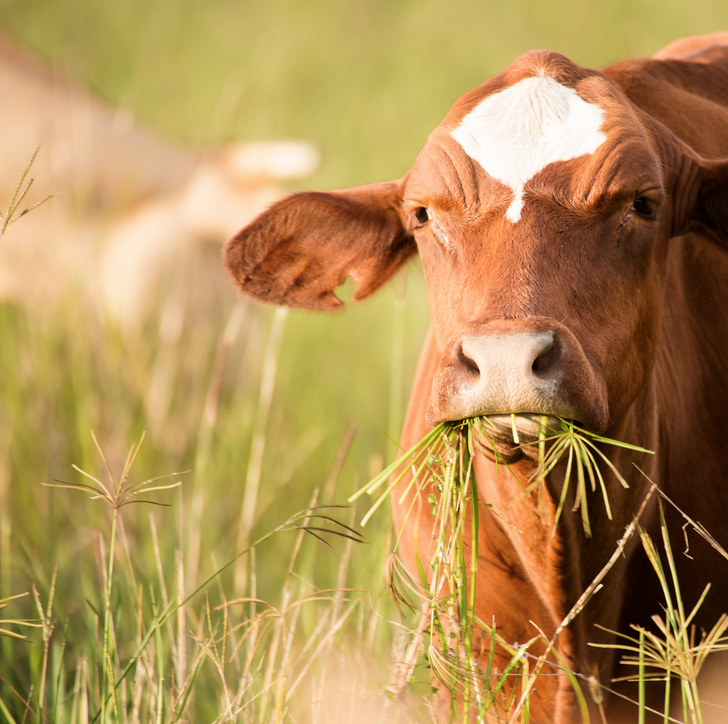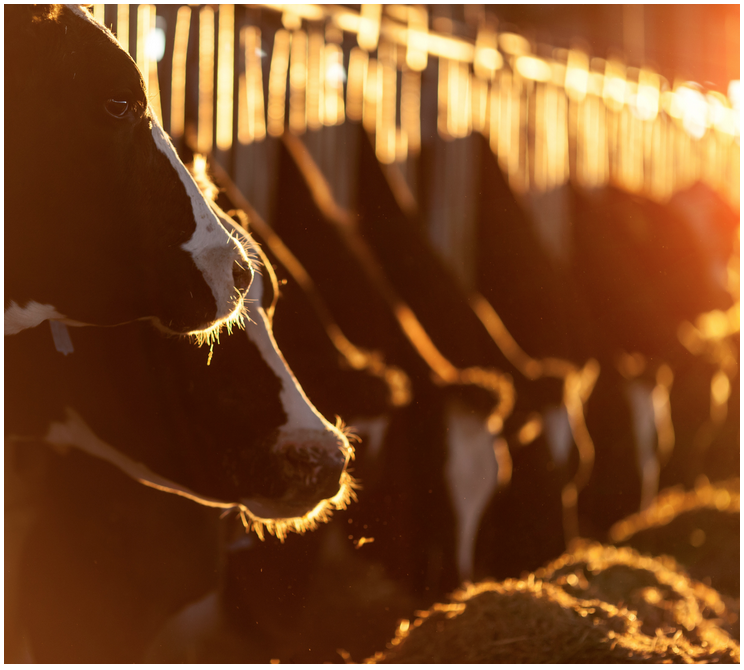Why Grass fed milk is better
Grass fed, organic, conventional, raw or pasturized…when comparing nutritional values, it always comes down to what a cow is fed. Healthy cows give healthy milk, it really is that simple.
Raw and Organic milk comes from Cows fed grass.
Cows are ruminants, which means they evolved to eat grass. Grass is highly nutritious, but inedible to humans as we simply don’t have the digestive capacity to break it down (how many stomachs do you have?) We need cows to do that for us.
Grass fed milk refers to milk from cows that ate nearly 100% forage (grasses) their whole life. That means fresh green grasses, and dried grasses like alfalfa (especially during winter months.) Low level supplements such as molasses or minerals are allowed while still retaining the label “Grass fed.”
Cows fed grass, their natural food, will have the full spectrum of nutrients we’ve discussed in their whole, absorbable forms. The milk will have a beautiful cream line, indicating nutritional density. The milk will have a clean, fresh taste.
Grass Fed Nutrition
The Omegas
You’ve heard we need both Omega 3 and Omega 6 fatty acids in our diet. You may even know the ratio is important. Simply put, omega 3s calm inflammation in the body while omega 6s enable inflammation, a necessary protective function. Trouble comes when we eat a ratio high in 6s and low in 3s. The standard American diet is roughly 25:1—that reads as 25 times more Omega 6s in the diet than 3s—highly inflammatory! This is largely due to the prevalence of processed grains and sugars. An ideal ratio would be 2:1 6s to 3s, or even better 1:1.
Milk from grass fed cows has a significantly higher amount of Omega 3s, as found in several studies. One study in the United States showed the ratio of omega-6/omega-3 fatty acids in organic milk was 2.3 averaged over a year, compared to 5.8 in conventional milk.1 What does this mean to you? The study went on to show this:
Just switching from a moderate consumption of conventional dairy products (three servings per day) to a higher consumption of full-fat organic dairy products (4.5 servings per day) can reduce a person’s omega-6/omega-3 ratio from around 11.3 to 7.8. This 3.5-point decline achieves 39% of the 9-point reduction needed to reach a heart-healthy target of 2.3.
Drinking full-fat grass fed dairy can improve your omega ration, reduce inflammation in your body and actually lower your risk of metabolic diseases!
CLA: a grass fed bonus
Grass fed dairy is also high in CLA, short for conjugated linoleic acid. It is a heavily studied, polyunsaturated Omega-6 fatty acid that aids in a wide range of functions.
Among CLA's many potential benefits: it raises metabolic rate, helps remove abdominal fat, boosts muscle growth, reduces resistance to insulin, strengthens the immune system and lowers food allergy reactions. As an added bonus, grass-fed raw milk has from 3-5 times the amount found in the milk from feed lot cows!
Grass fed milk has 3-5 times more CLA than conventional milk!
Other Nutrients:
Grass fed milk has 4 times the beta carotene and 50% more vitamin E as grain fed cows. It also has more isoflavones, lingans and trace minerals. Pastured (grass fed) dairy is richer in protein and healthy fats. Though grain fed/conventionally raised cows produces more milk, it is watered down—less nutritionally dense than cows fed their natural diet.
Ethical Considerations
Grass fed cows live healthier, longer lives (average life expectancy of a dairy cow in the U.S, is 3.5-4 years while a traditionally raised dairy cow can live 10+ years.) It is an inescapable fact that animal husbandry matters. Taking care of animals always results in a healthier product for us. So though it is ethical to assure the well-being of animals, it benefits us directly to do so.
One example of this principle is illustrated by acidity. Cows on pasture have a naturally maintained alkalinity in their rumen, or digestive tracts. Our bodies, by contrast, are slightly acidic. So if a pathogen that flourishes in a cow’s body is passed on through the milk, the change in environment from alkaline to acidic will kill the pathogen before it can infect us. Not so with feedlot cattle where unnatural diets lead to a more acidic rumen, meaning pathogens in the milk are already adapted to an acidic environment and more likely to thrive when passed to humans. If consuming raw milk, a rumen with a balanced pH also passes on beneficial bacteria that help us with digestion, among other health benefits. When we feed cows unnatural food, we miss out on these benefits and expose the cows to greater threats of illness.
Good for the planet
When cows eat on pasture, their food is right there with them and their droppings are part of a cycle that sequesters carbon, enriches the soil, and ultimately grows more food for them. In a conventional setting, unnatural foods steeped in pesticides from monocropping operations are trucked in from far away, cows are kept in confinement, and toxic rivers of waste are produced to be dealt with rather than harmlessly absorbing back into the earth. Check out the book or documentary Sacred Cow for an in depth look at this cycle and a deeper discussion about the ethics and global implications of grass fed cows.
If they’re not eating grass…what are they eating?
So if not grass, what is a feed lot cow supposed to eat? Well, whatever you put in front of it. Cows aren’t picky and this makes it easy for farmers to save on food costs by feeding them waste from other industries (remember the swill milk?)
Soy and Corn are primarily used because they are cheap to produce in mass quantities and they are energy-dense (highin calories) so they encourage high milk production. It seems a win-win: it lowers the cost of producing milk and increases milk production, bringing in more profit. Hidden costs, however, are incurred when you consider the expenses of crop subsidies, the high use of GMOs and pesticides, the carbon footprint of shipping grains to cows, and the health implications caused by inferior and inflammatory food dependence.
Cows were simply not designed to eat grains. Though these will make up a large part of their diet, it’s not the whole story. Dairy farms rely on nutritionists to dictate the protein/carb/fat ratio they feed their cattle, but from there it isn’t specified how to meet those goals. We know in our own health, all calories are not equal. A sprinkled donut does not equal a veggie omelette even if they match up in the numbers. The same principle applies in regards to a cow’s health. A cow can live on a diet of all grass or it can be fed a mix of hay, grain, corn silage, vegetable oil, and food by-products including distillery waste, candy waste (sometimes still in the wrappers!) and bakery waste. There is a huge range in food combinations and quality fed to conventional cows meaning you may not know exactly what they ate and consequently how healthy (and happy) that cow was that gave the milk you’re feeding your kids. Some dairies are simply more dedicated than others to the health of their animals while others focus on the bottom line.
Remember the plight of the swill milk cows? Their pale blue product? Happy cows fed a natural diet are the opposite; you get a rich tasting, nutritionally dense product. This is a wonderful example of the harmony between cows and their caretakers.
Where can I get the good stuff?
Organic dairies have committed to feeding cows a natural diet. So this will certainly raise the nutritional quality of the milk. You can buy organic milk in almost any supermarket now with even more choices available at natural markets. It is certainly better than conventional milk. I still advocate for raw milk where you can get it. When you take this beautiful whole, organic milk and process it with heat, separate it into components, and then market it as a health food it is still just a shadow of the nutritional powerhouse it was in its raw, whole state.
You can find raw milk near you!
Weston A Price Foundation maintains an awesome Real Milk Finder. Simply scroll to your state to find raw milk near you!
If, like me, you call the Wasatch Front home you are in luck! Utah Natural Meat and Milk has what I think is the best tasting, highest quality raw cow AND goat milk you can get. Their commitment to cleanliness exceeds even strict state standards and they treat their animals with incredible care. The result is a bright, creamy milk that is never skimmed or altered. Filtered, chilled, bottled: that’s it! Come and get it…and tell them I sent you!
Thirsty for more?
Read other posts in my Raw Milk series!
Raw Milk vs Pasteurized: The Whole Story
7 Reasons to drink Raw Milk (and 2 Reasons NOT to)
References
Rodgers D, Wolf R. Sacred Cow. Dallas, Texas: Benbella Books; 2020.








